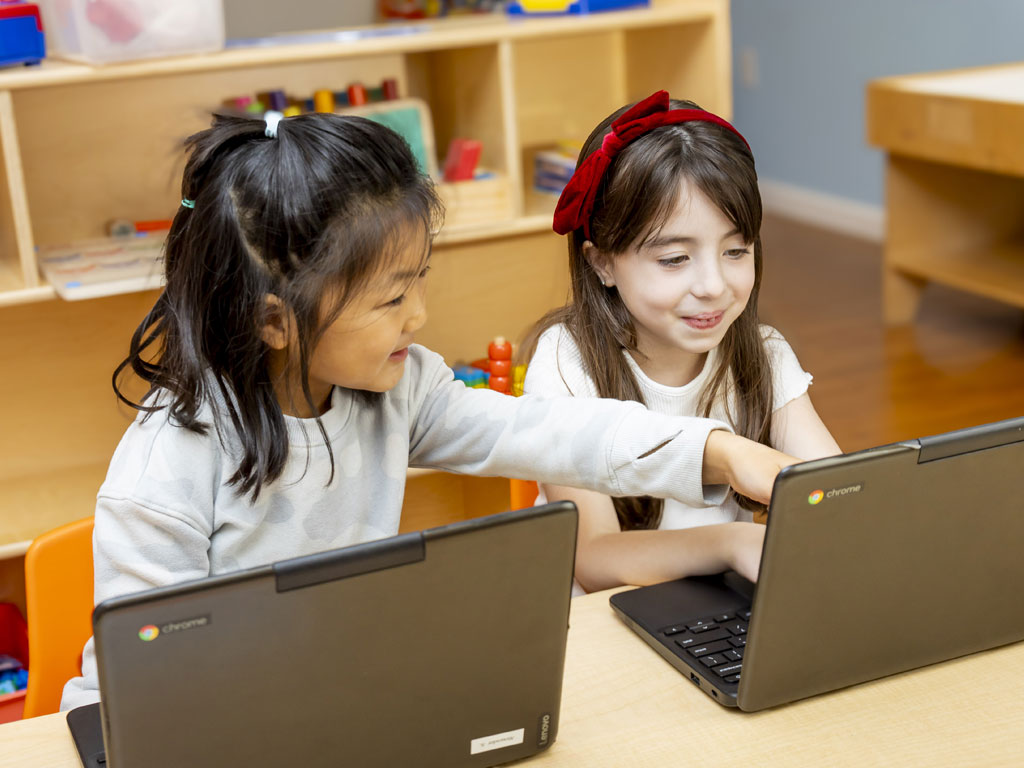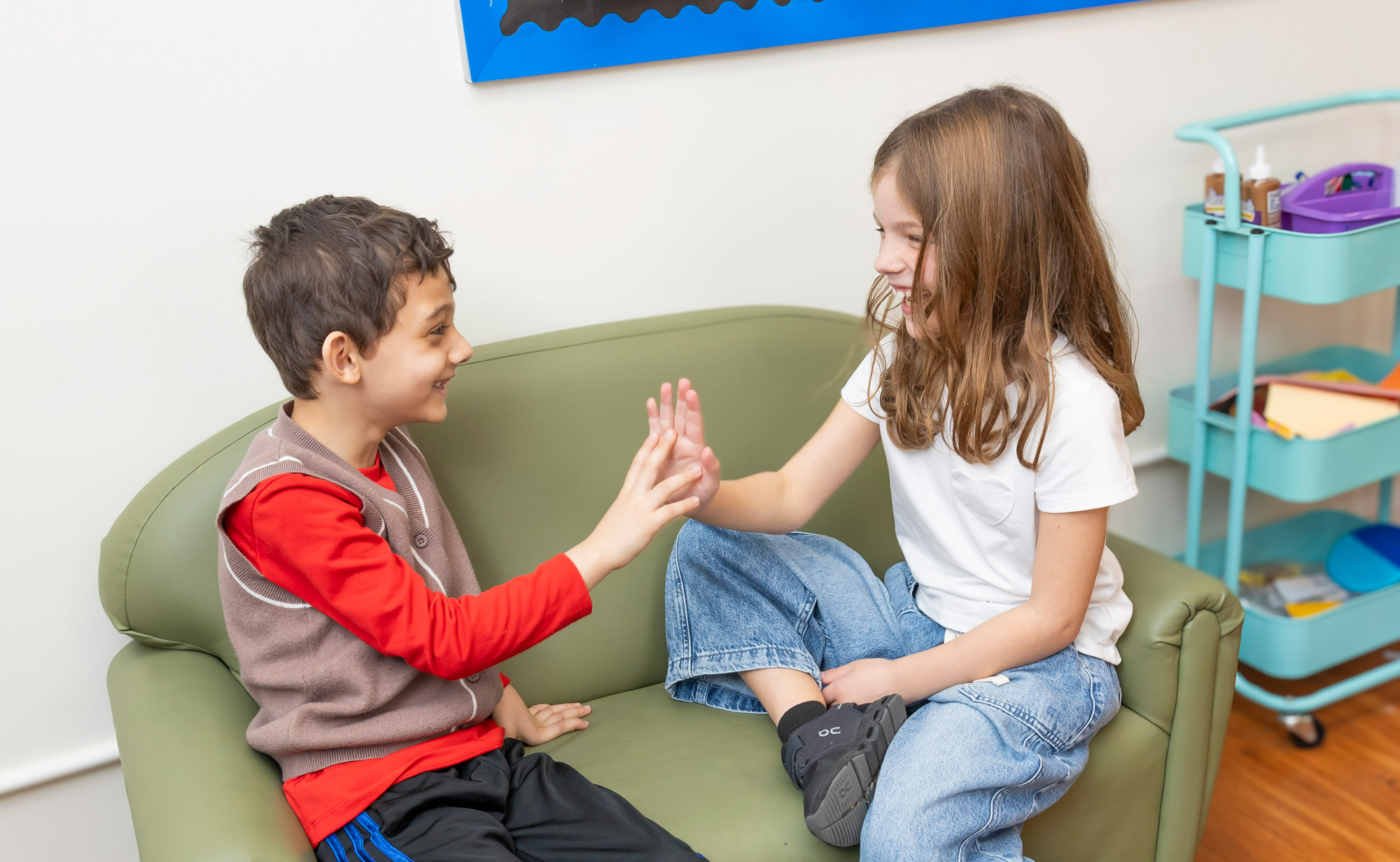Schedule a Tour
Looking to set up time to visit one of our two downtown, Jersey City campuses? Click to find the perfect time for your schedule. Moving to Jersey City? Let's us take you on a virtual tour!

Learn how The Brunswick School supports immigrant families in Jersey City with bilingual support, cultural inclusion, and welcoming classroom environments — helping every child thrive.

Discover practical tips and community-driven support for busy, dual- income families in Jersey City—featuring strategies for routine, self-care, and thriving early education partnerships.

Learn how to keep your child warm, safe, and comfortable at The Brunswick School this winter with smart layering strategies, fabric tips, and practical dressing guidance.

Lunchboxes returning uneaten—from even the healthiest meals—can spark anxiety for parents. At The Brunswick School (TBS), we understand that picky eating is often a normal developmental phase, not a crisis. Rather than pressuring children to eat, our nurturing, responsive approach creates a safe, low-stress environment where curiosity and independence flourish. This guide reassures families that when children eat—or don’t—that it’s part of how they grow.
.png)
Use this parent-friendly checklist to find the best daycare or preschool in Jersey City. Learn what to look for in curriculum, safety, nutrition, and teacher quality.

Explore The Brunswick School’s private Kindergarten program in Jersey City. Discover our progressive curriculum, enrichment programs, and personalized attention for ages 5–6.

As a parent in Jersey City (Hamilton Park or VYV Newport communities), you know how important it is to find a preschool or early elementary program that values the whole child. At The Brunswick School, art is not an afterthought. It is a vital part of our progressive curriculum, shaping how children learn, grow, and thrive.

Located just minutes from the Grove Street PATH station, The Brunswick School (TBS) is recognized as one of the most trusted preschools and daycare programs in Jersey City—serving children from 6 weeks through age 6 (2nd grade).

As parents, we want to ensure our children are happy, healthy, and well-fed. But what happens when your child comes home with a barely-touched lunchbox or you hear from their teacher that they didn’t eat much during the day? It’s natural to feel concerned, but it’s important to understand that this is a common challenge—and one that can be addressed with patience, understanding, and some gentle guidance.

It is important to understand in child development that creativity is not just a skill, it’s a vital part of a child’s development. From the colorful scribbles of a toddler to the intricate drawings of an older child, art is more than just fun.
Looking to set up time to visit one of our two downtown, Jersey City campuses? Click to find the perfect time for your schedule. Moving to Jersey City? Let's us take you on a virtual tour!